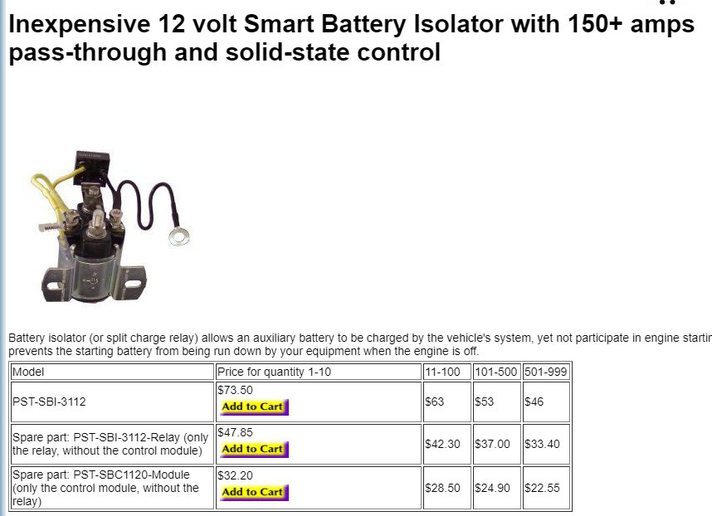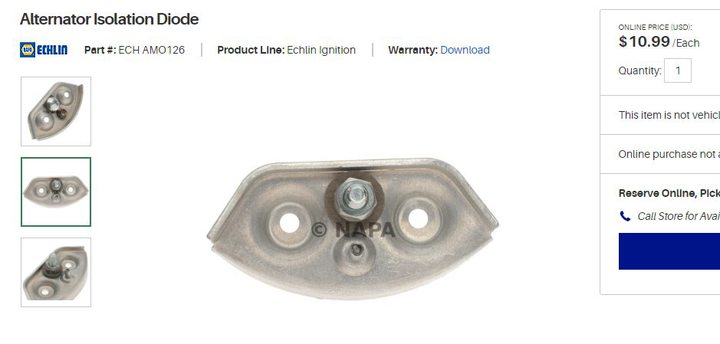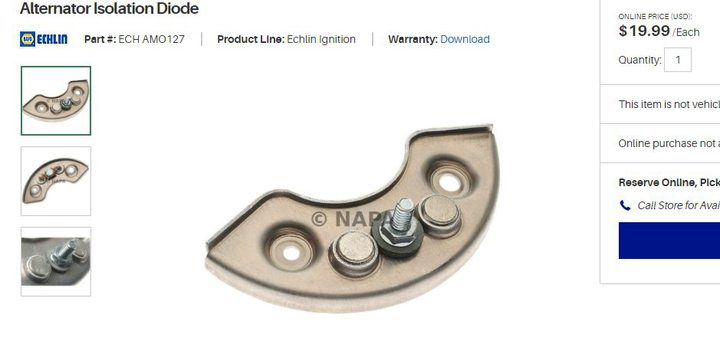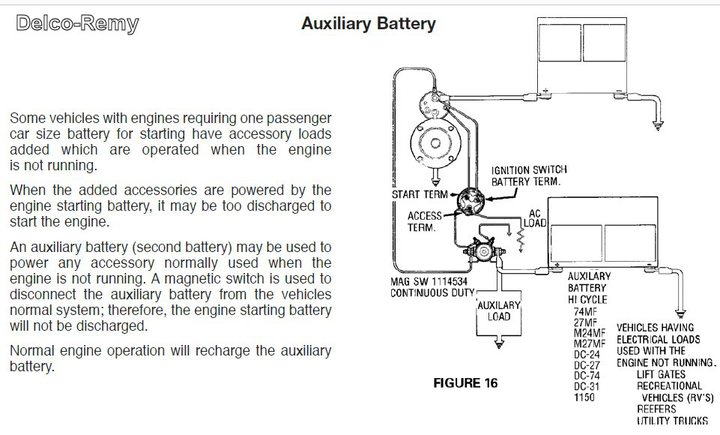1946 BN IHC
Member
To any one who is , or has knowledge of ""electronics""
I looked on line to find diagrams on how to construct a battery isilater, the only thing I waas able to find clearly was the information on what diods to use. No where didn Infind a diagram on assembly or on installing it in the circut between bateries.
Can any oune assistme in the two diagrams. I think it would be less expensive to hand make the unit that to purchase one off the shelf.
You may e mail me direct if you are able to assist me.
Thank you
Wm.
I looked on line to find diagrams on how to construct a battery isilater, the only thing I waas able to find clearly was the information on what diods to use. No where didn Infind a diagram on assembly or on installing it in the circut between bateries.
Can any oune assistme in the two diagrams. I think it would be less expensive to hand make the unit that to purchase one off the shelf.
You may e mail me direct if you are able to assist me.
Thank you
Wm.





